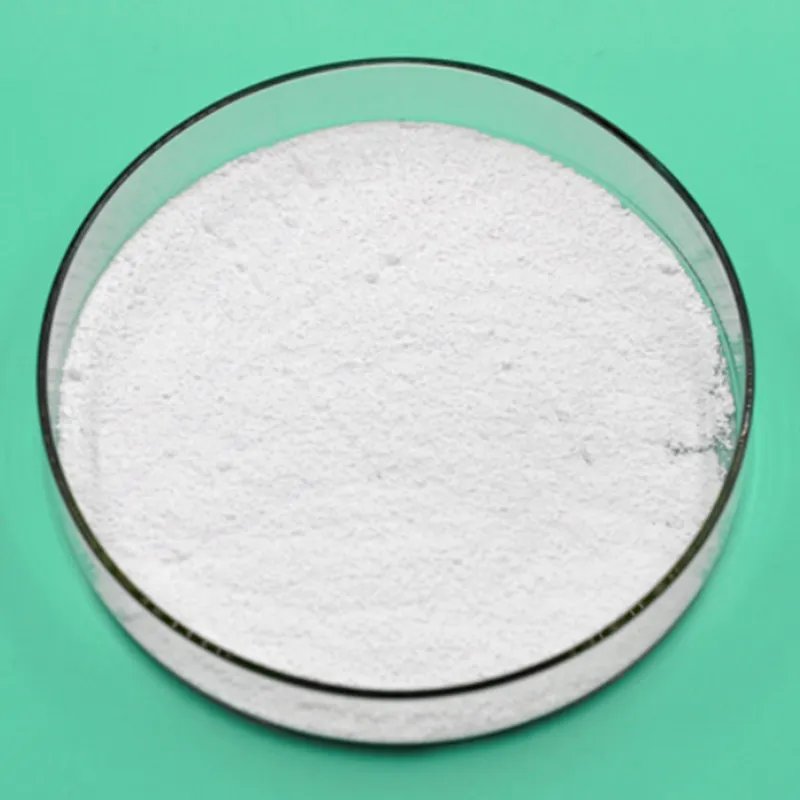
raising agents in food
Raising Agents in Food The Key to Quality Baking
When it comes to baking, the concept of raising agents is pivotal in achieving desirable textures and flavors in our favorite baked goods. Raising agents, also known as leavening agents, are substances added to doughs and batters to create an airy and light structure. This article delves into the types of raising agents, their functions, and their importance in food preparation.
Types of Raising Agents
There are primarily three types of raising agents used in baking biological, chemical, and physical.
1. Biological Raising Agents The most well-known biological raising agent is yeast. Yeast is a living organism that ferments sugars, producing carbon dioxide gas and alcohol. As the yeast ferments, the carbon dioxide bubbles get trapped in the dough, causing it to rise. This process not only adds volume but also contributes to the flavor and texture of the bread. Common products made using yeast include bread, pizza dough, and certain pastries.
2. Chemical Raising Agents Baking powder and baking soda are the primary chemical raising agents found in many recipes. Baking soda, or sodium bicarbonate, requires an acid to activate it, producing carbon dioxide gas that helps the batter rise. Baking powder, on the other hand, contains both an acid and a base, meaning it only needs moisture and heat to activate. These agents are prevalent in quick breads, cookies, and cakes, allowing for a lighter texture without the long fermentation process that yeast requires.
raising agents in food

3. Physical Raising Agents Physical methods of leavening rely on the incorporation of air into the mixture. Techniques such as creaming butter and sugar or whisking eggs create tiny air bubbles that expand during baking. This process is crucial in making light and fluffy cakes, soufflés, and meringues.
The Importance of Raising Agents
Raising agents are essential not just for the texture but also for the overall quality of baked goods. Without them, items like cakes would turn out dense, bread would be flat, and other pastries would lack the lightness that is characteristic of successful baking. The use of appropriate raising agents can significantly influence the taste, appearance, and mouthfeel of the finished product.
Moreover, understanding the science behind raising agents enhances our baking skills. For instance, knowing how different agents react under various conditions allows bakers to troubleshoot and perfect their recipes. For example, if a cake is sinking in the middle, it might be due to an excess of baking soda or powder, or insufficient mixing to distribute the leavening evenly.
Conclusion
In conclusion, raising agents play a crucial role in the art of baking. Whether through biological fermentation, chemical reactions, or physical incorporation, they contribute to the light and airy qualities of our most cherished baked goods. Understanding the different types of raising agents and how they function is essential for anyone looking to refine their baking skills. As we explore the world of baking, let us not overlook the magic that these small but mighty agents bring to our kitchens. From fluffy cakes to airy breads, raising agents are indeed the unsung heroes of the culinary world, ensuring that each bite is a delightful experience.
-
Pure Sodium Dichloroisocyanurate Dihydrate | Powerful DisinfectantNewsAug.29,2025
-
Industrial Chemicals: Quality & Purity for Every IndustryNewsAug.28,2025
-
Nitrile Rubber Honoring Strict Production StandardsNewsAug.22,2025
-
Aspartame Ingredients Honoring Food Safety ValuesNewsAug.22,2025
-
Fertilizer for Balanced Plant NutritionNewsAug.22,2025
-
Cyanide Gold Processing with High Purity AdditivesNewsAug.22,2025
-
Formic Acid in Textile Dyeing ApplicationsNewsAug.22,2025
Hebei Tenger Chemical Technology Co., Ltd. focuses on the chemical industry and is committed to the export service of chemical raw materials.
-

view more DiethanolisopropanolamineIn the ever-growing field of chemical solutions, diethanolisopropanolamine (DEIPA) stands out as a versatile and important compound. Due to its unique chemical structure and properties, DEIPA is of interest to various industries including construction, personal care, and agriculture. -

view more TriisopropanolamineTriisopropanolamine (TIPA) alkanol amine substance, is a kind of alcohol amine compound with amino and alcohol hydroxyl, and because of its molecules contains both amino and hydroxyl. -

view more Tetramethyl Thiuram DisulfideTetramethyl thiuram disulfide, also known as TMTD, is a white to light-yellow powder with a distinct sulfur-like odor. It is soluble in organic solvents such as benzene, acetone, and ethyl acetate, making it highly versatile for use in different formulations. TMTD is known for its excellent vulcanization acceleration properties, which makes it a key ingredient in the production of rubber products. Additionally, it acts as an effective fungicide and bactericide, making it valuable in agricultural applications. Its high purity and stability ensure consistent performance, making it a preferred choice for manufacturers across various industries.





